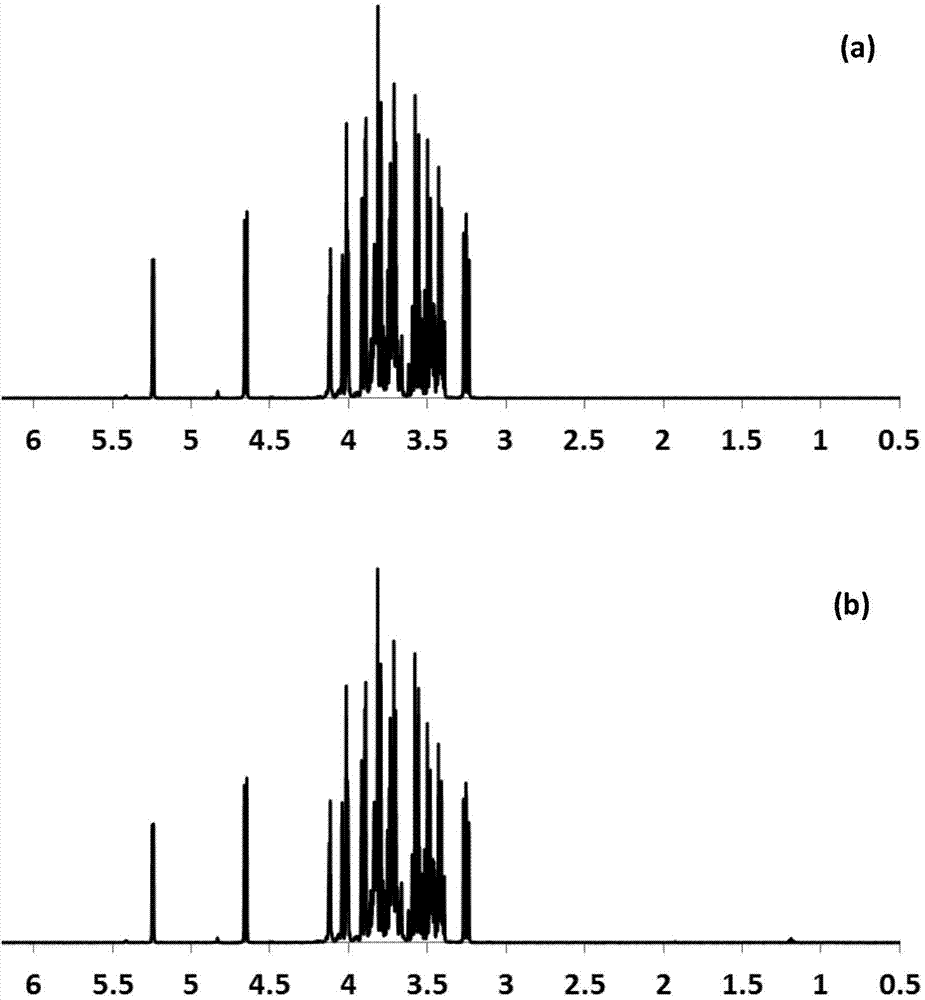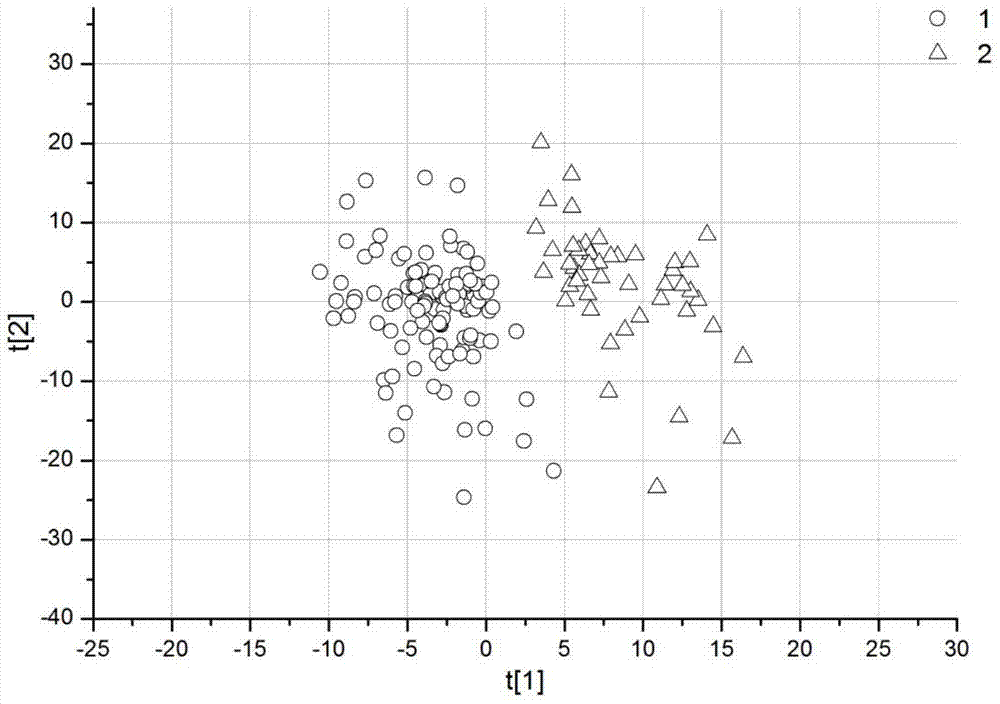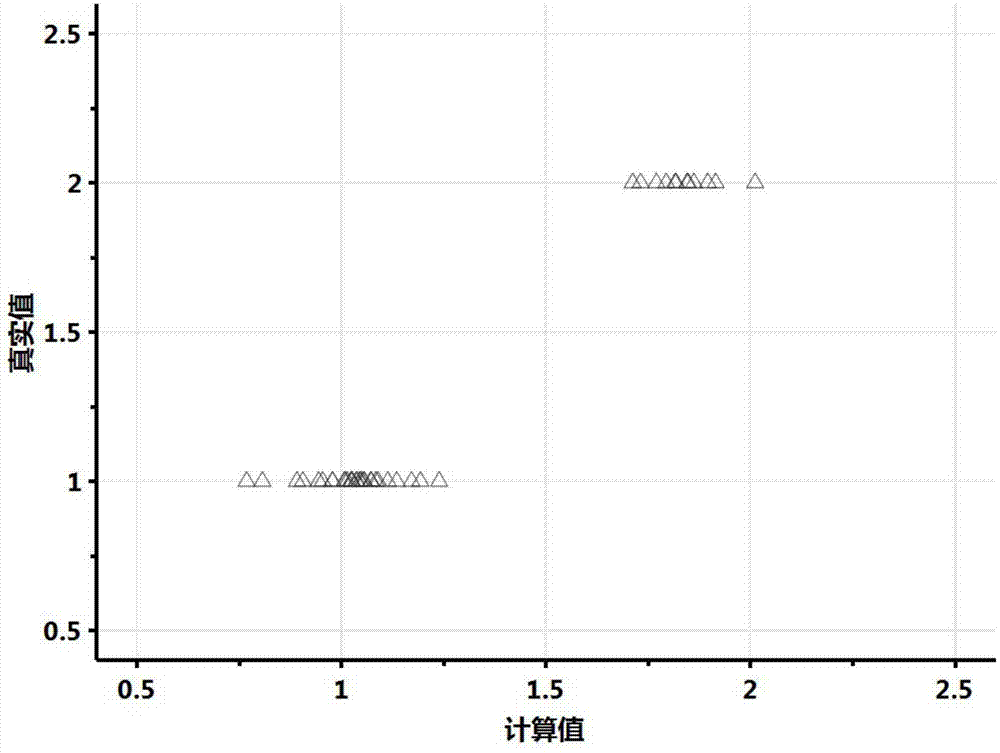Method for distinguishing between pure and syrup-adulterated honey based on combination of hydrogen nuclear magnetic resonance and partial least square method
A technology of partial least squares and nuclear magnetic resonance, which is applied to the analysis of nuclear magnetic resonance, can solve problems such as complex maps, achieve the effects of mature and reliable technology, expand the scope of use, and improve the technical system
- Summary
- Abstract
- Description
- Claims
- Application Information
AI Technical Summary
Problems solved by technology
Method used
Image
Examples
Embodiment Construction
[0040] 1. Instruments, reagents and samples
[0041] 1.1 Instruments:
[0042] 500MHz liquid nuclear magnetic resonance spectrometer (BrukerAVANCE), Switzerland Bruker Biospin Company; micro benchtop centrifuge (Sorvall Legend Micro 17R), American Thermo Scientific Company; electronic balance (AL104), Mettler-Toledo Instruments (Shanghai) Co., Ltd.; 5mm NMR tube (ST500-7), Norell, USA
[0043] 1.2 Reagents:
[0044] K 2 HPO 4 ·3H 2 O and NaH 2 PO 4 2H 2 O (analytical grade) was purchased from Shanghai Sinopharm Group Reagent Co., Ltd. NaN 3 (analytical pure) was purchased from Tianjin Fuchen Chemical Reagent Factory. Heavy water (D 2 O, 99.9% deuterated, containing sodium 2,2,3,3-deuterated trimethylsilyl propionate (TSP), 0.05 wt%) was purchased from Cambridge Isotope Laboratories. Phosphate buffered saline (K 2 HPO 4 :NaH 2 PO 4 =4:1, 0.15mol / L, pH 7.40) use 10% D 2 O's double distilled water preparation. Wherein the buffer solution contains TSP and NaN 3 ...
PUM
 Login to View More
Login to View More Abstract
Description
Claims
Application Information
 Login to View More
Login to View More - R&D
- Intellectual Property
- Life Sciences
- Materials
- Tech Scout
- Unparalleled Data Quality
- Higher Quality Content
- 60% Fewer Hallucinations
Browse by: Latest US Patents, China's latest patents, Technical Efficacy Thesaurus, Application Domain, Technology Topic, Popular Technical Reports.
© 2025 PatSnap. All rights reserved.Legal|Privacy policy|Modern Slavery Act Transparency Statement|Sitemap|About US| Contact US: help@patsnap.com



